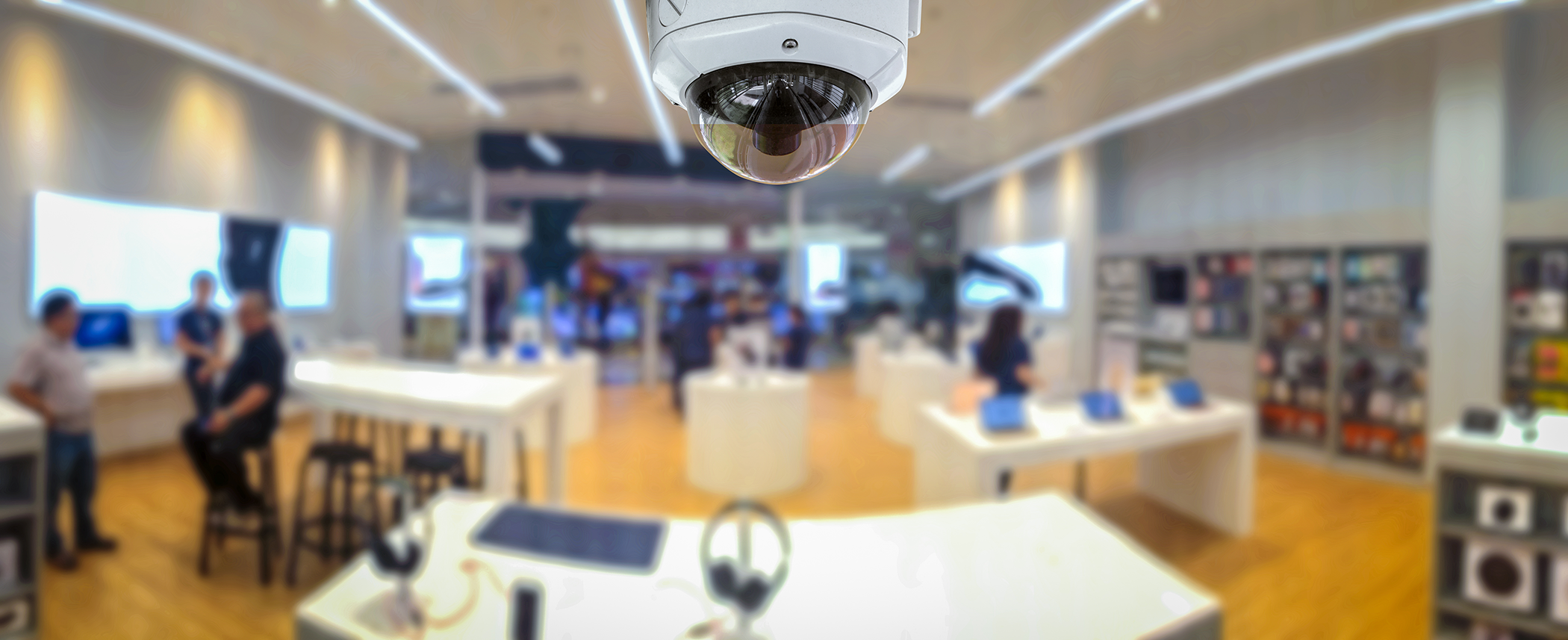Point-of-sale (POS) exception-based reports are one of the most common loss prevention technologies used today in retail. The ease and speed at which some systems can find transaction anomalies has helped many retailers reduce shrink and uncover internal theft, increasing their overall profit margins.
POS systems are a rich source of information, and having the right software to mine that data is key to the overall success of exception-based reporting. I would argue that integrating other data, like surveillance video, boosts success rates even further with visual insights that can’t be uncovered by transaction data alone.
Video is unique in that it provides indisputable evidence of what took place. It can also act as a deterrent, letting employees and customers know that security cameras are always watching.
As a retail owner or manager, you can’t be on-site 24/7 to monitor what’s taking place, but your video surveillance can. And when video is integrated with POS exception-based reports, it can bolster the accuracy and effectiveness of the reporting, shedding light on loss prevention and operational issues you didn’t even know you had.
Here are a few ways that integrating video with POS exception-based reports can benefit your business:
Enhanced loss prevention
A standard POS exception-based reporting system will identify the employee involved in each void, refund or discount, as most employees have to login to use the system. But with integrated video, you can visually verify the circumstances around each transaction. Because can you see each receipt with all line items, and the surveillance video of the transaction, you can better understand what took place.
Perhaps a particular employee is routinely making refunds. Now you can see exactly what they were doing at the POS; you don’t need to rely on their word alone. These systems tie each transaction to video, so you simply click through to see the circumstances involved. You can see if someone is manipulating the POS for dishonest gain, or if it’s just a case of an employee that needs additional training.

Like a standard POS exception-based reporting system, a system with integrated video still provides convenient, high level trends and analysis of transactions, so if you want to see only POS data, and sort by employee, store, or transaction type, you can easily do that too.
Faster investigations
When it comes to employee theft, the faster you can uncover it, the less it’s going to cost you. By integrating video with your POS system, you can speed loss prevention investigations with solid video evidence. You can also proactively search for and investigate unusual high dollar transactions, or transactions that take place without a customer being present. The latter is possible if you’re using analytics with your POS exception-based reporting system. These analytics can detect motion – or the absence of it – in front of your POS.
Depending upon the solution you’re using, you can also configure your system to send you email alerts about these kinds of transactions, and click through to see the associated video.
Many leading retailers have found that their loss prevention investigations take only minutes, versus hours, with POS exception-based reports that include video.
Because video also gives you a more holistic view of your operations, you may find theft in other areas of your business outside the POS. For example, are employees taking items out the back door? Or, if you run a restaurant, are they providing “extras” for friends and family? A standard POS exception reporting system may not necessarily tell you that, but one with integrated video surveillance can.
Improved customer experience
Customer experience is a popular topic these days, with most organizations pledging to do more to create engaging, personalized experiences that build customer loyalty. But truly following through on that front takes work and a solid understanding of what needs to be improved.
Surveillance video that is integrated with POS data can provide a wealth of information on your in-store experiences, from the items customers are buying to how employees are interacting with them. Adding analytics data, as mentioned above, provides even more insights, making it possible to track foot traffic throughout your stores, learn which items and areas pique customers’ interest, and monitor service delivery and wait times.
For example, with a solution like March Networks Searchlight for Retail, which integrates surveillance video with POS data and analytics from a 3D sensor, you can learn:
- Your average service times, including how long customers wait in line and the average wait time
- Your busiest time and day, so you can adjust your staffing levels accordingly
- Conversion rates – based on sales and foot traffic, which of your retail or restaurant locations turns the most shoppers into buyers.
This data can help you establish key performance indicators (KPIs) and over time, improve your business performance and profitability.
If you’re evaluating POS exception-based reporting systems, or you’re considering upgrading your current system to something new, consider adding surveillance video into the mix. Many enterprise video systems already integrate with leading POS systems for this very reason – because the loss prevention and operational benefits are clear.
If you’re looking for more information on video-based POS exception reports, or have a question about anything I’ve written, post your comment below:



